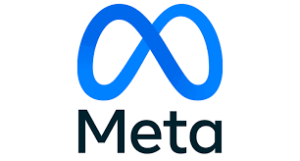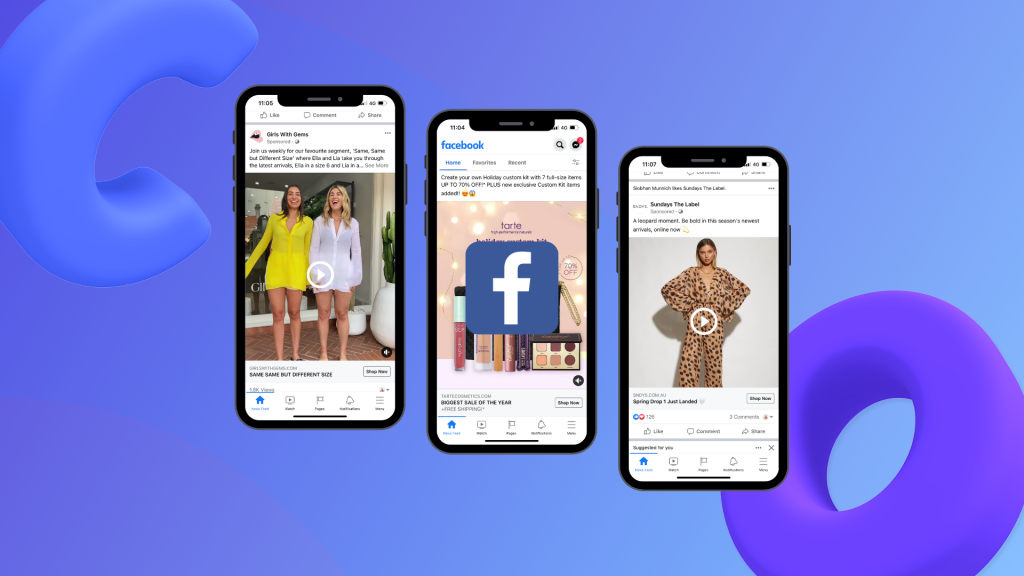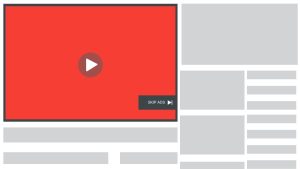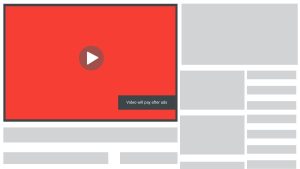How To Successfully do Business in a Multi-Device World
I don’t know about you but I’m sitting here with four devices displaying a variety of entertainment/information. Don’t get me wrong, I’m a male, if sitcoms have taught me anything, and they have, I should not be able to multi-task like I seem to be doing right now. But I’m not going to lie, while I may have all of these devices open, I have to pause Netflix on the TV while I type this, despite the fact that I tried, oh geez did I try, to write this while a comedian peddled their wares in the background. I had to pause every so often because otherwise you’d be reading his material instead of mine (happens all too often).
I want you, yes, you, the person looking to sell their product to me, to sell it in a way that is both subtle, yet in my face enough that I’m impelled to purchase. I want you to place something in front of me that not only am I interested in, but that I am ready to purchase. I WANT to give you my money, why are you stopping me?
I can tell you why, because I understand mass psychology in a way that few do, including people who study psychology. I’m an online marketer. Day in and day out I watch trends online, behaviours of purchasers, and dummy spits of people who don’t purchase because they are annoyed that they have to fill in some innocuous yet tedious section of a form that stands in the way of them and their desire.
I’m logged in from the moment I wake up to the moment I go to sleep, literally. This is not hyperbole; I am literally writing this from my bed on my laptop at 11:05 pm (according to studies this makes me creative). I am listening to music on Google Play on my Android and will likely sing myself a lullaby by reading the latest posts of my favourite martial arts forum on my iPad. At all stages I am logged in to my Google account, so why don’t I know about you? If I’ve searched for your product on my mobile on the way home from work, why aren’t you tailoring a cross device strategy to target what I am interested in so when I am comfortable, you’re popping up to remind me that you’re there?
Don’t feel bad, this isn’t about shaming you, but really, I do need that new thing that you have on the market, so get it in front of me. Nobody is doing it, believe me, I’m seeking it, I want someone, anyone, to blow my mind with how they’ve tracked me from my mobile, to my laptop, to my tablet.
Pop up advertising used to be a dirty word, but it’s not (really it’s not). If you can slip something on one of my apps that can replace the usual crap which bears no semblance to my interests, based off my search history, I will be grateful. As much as I understand that my teeth will be whiter with [insert brand here] toothpaste, I do not care, but if you, with that thing that I searched for at home two days ago on YouTube, on my iPad, that then appeared on my darn smartphone with a notification of some sort, man, I’m buying.
I want you to provide me with a marketing strategy from the moment I wake up to the moment I sleep. I want to dream about your product in my possession. This will become easier and easier as more and more operating systems will be able to sustain technology from a variety of platforms. Don’t believe me? Windows 10, you know about it, there’s a pop up at the bottom of your screen that you’ve been putting off ‘upgrading’ for about a month and a bit, well, Microsoft has indicated it will run across smartphones, tablets, desktops, and even gaming consoles. Eventually apps will run on all devices, it will be the job of the operating system to accommodate the differing code. Hell, it’s happening now with all the cloud based services available to individuals and businesses.
There must be a billion possibilities when it comes to integration which are either in the works, in the development pipeline, or in the head of some genius just waiting to hit the stage. Are you prepared to take advantage of the upcoming technological shift? Do you have a website? Is it mobile optimised? If not, you already know you’re behind, but even if you have, I’m here to tell you that unfortunately you’re still running in a pack.
Don’t get left behind. Speak to Get More Traffic on 1300 332 256 and learn what we can do for your online marketing across multiple devices.













